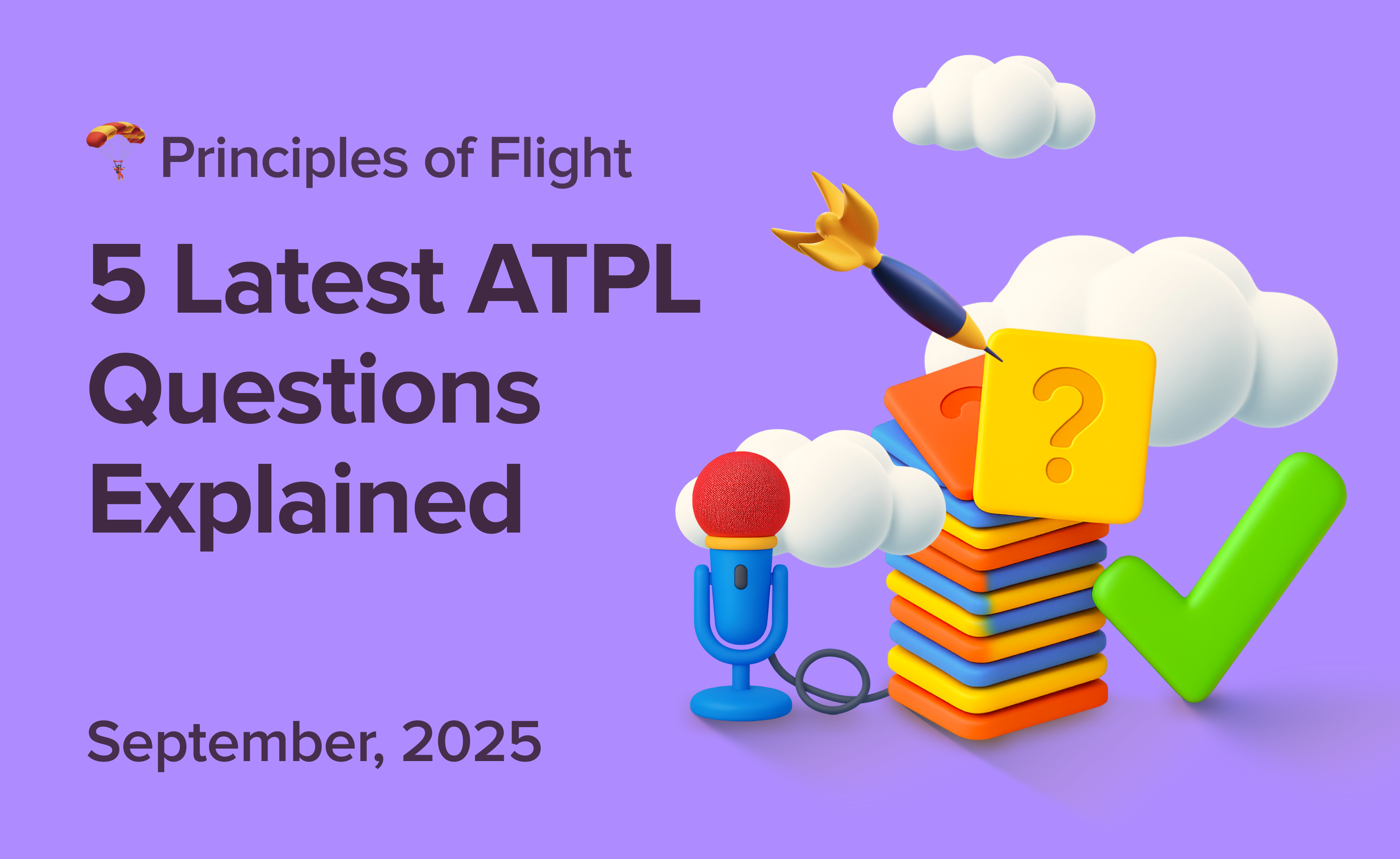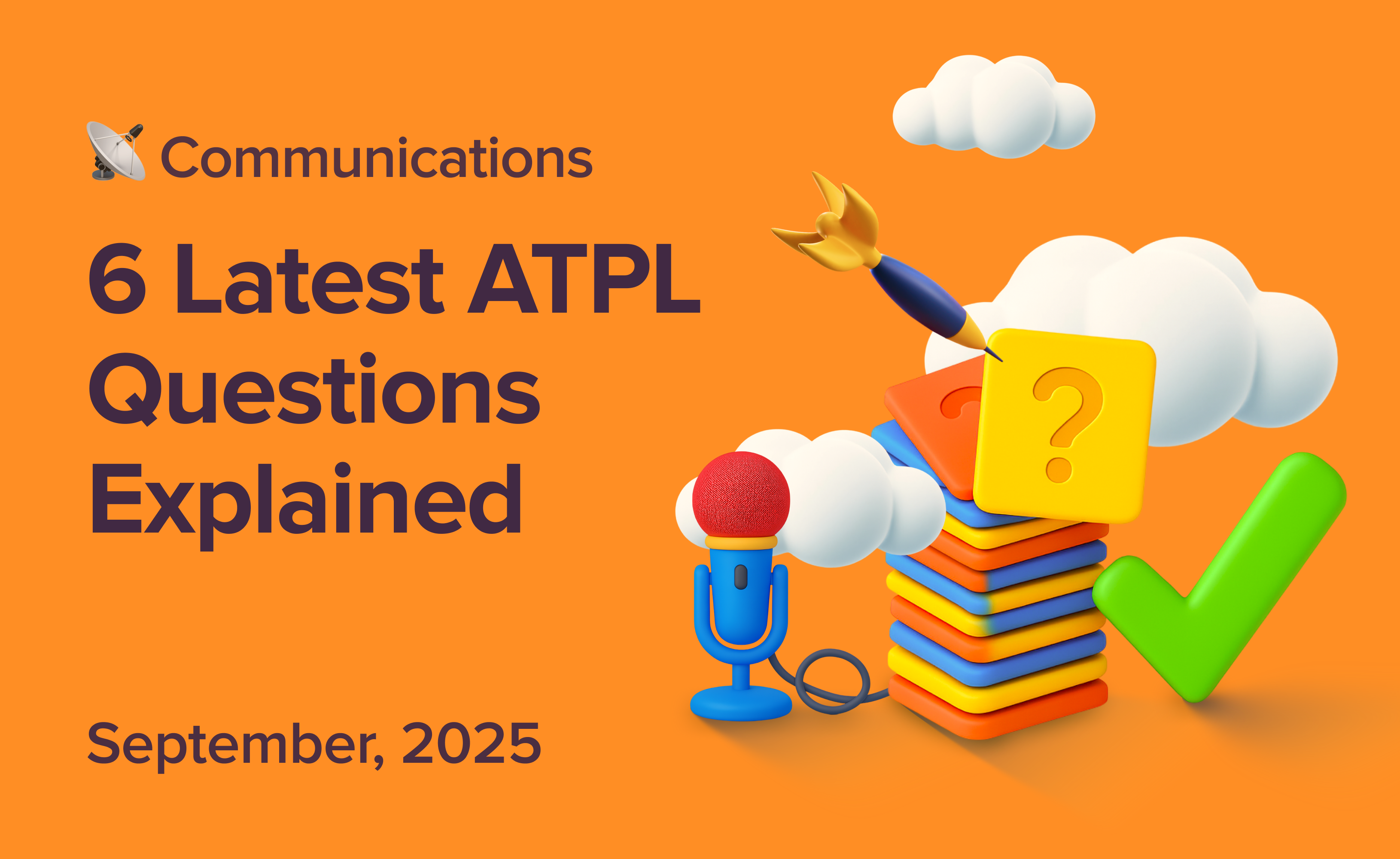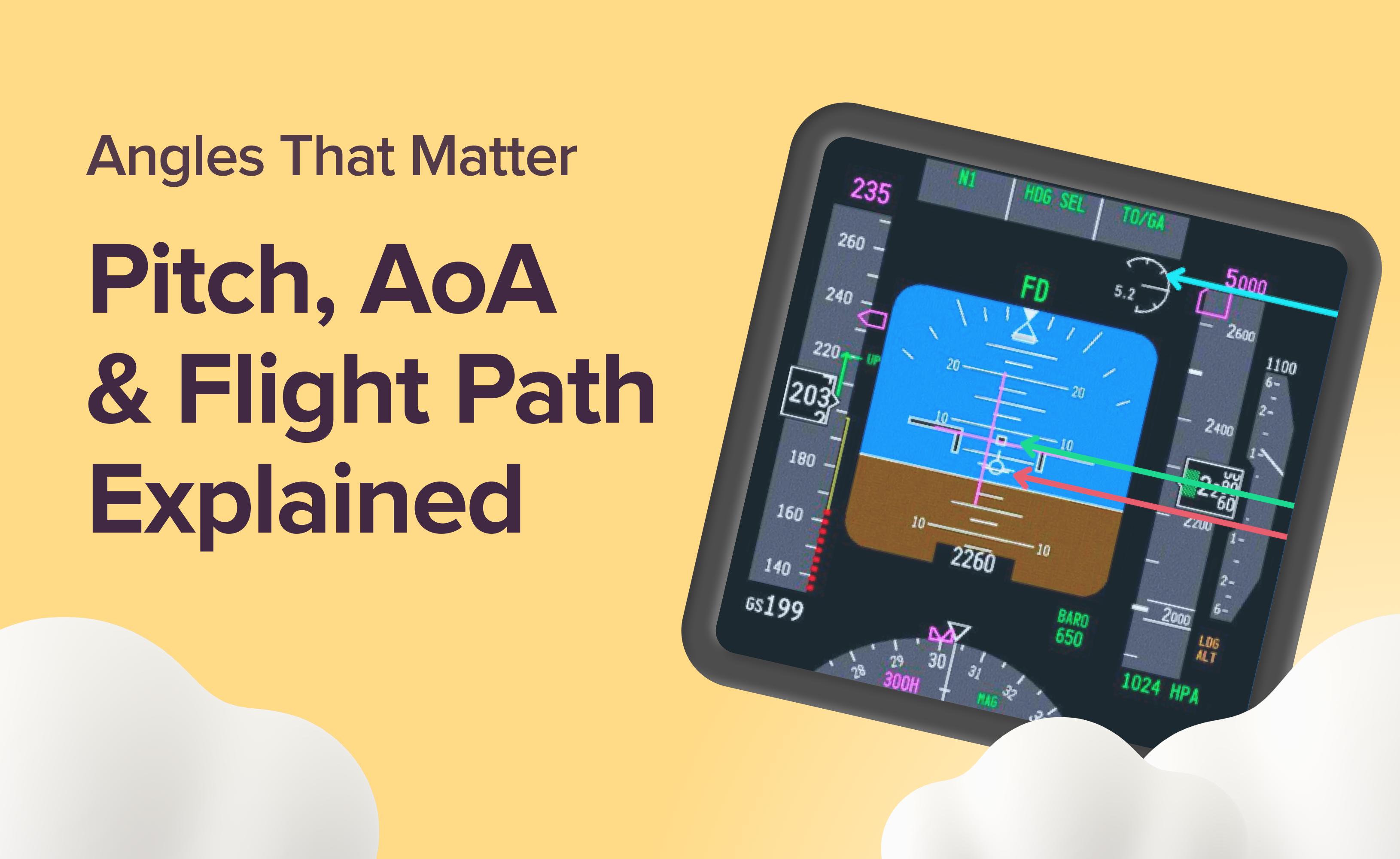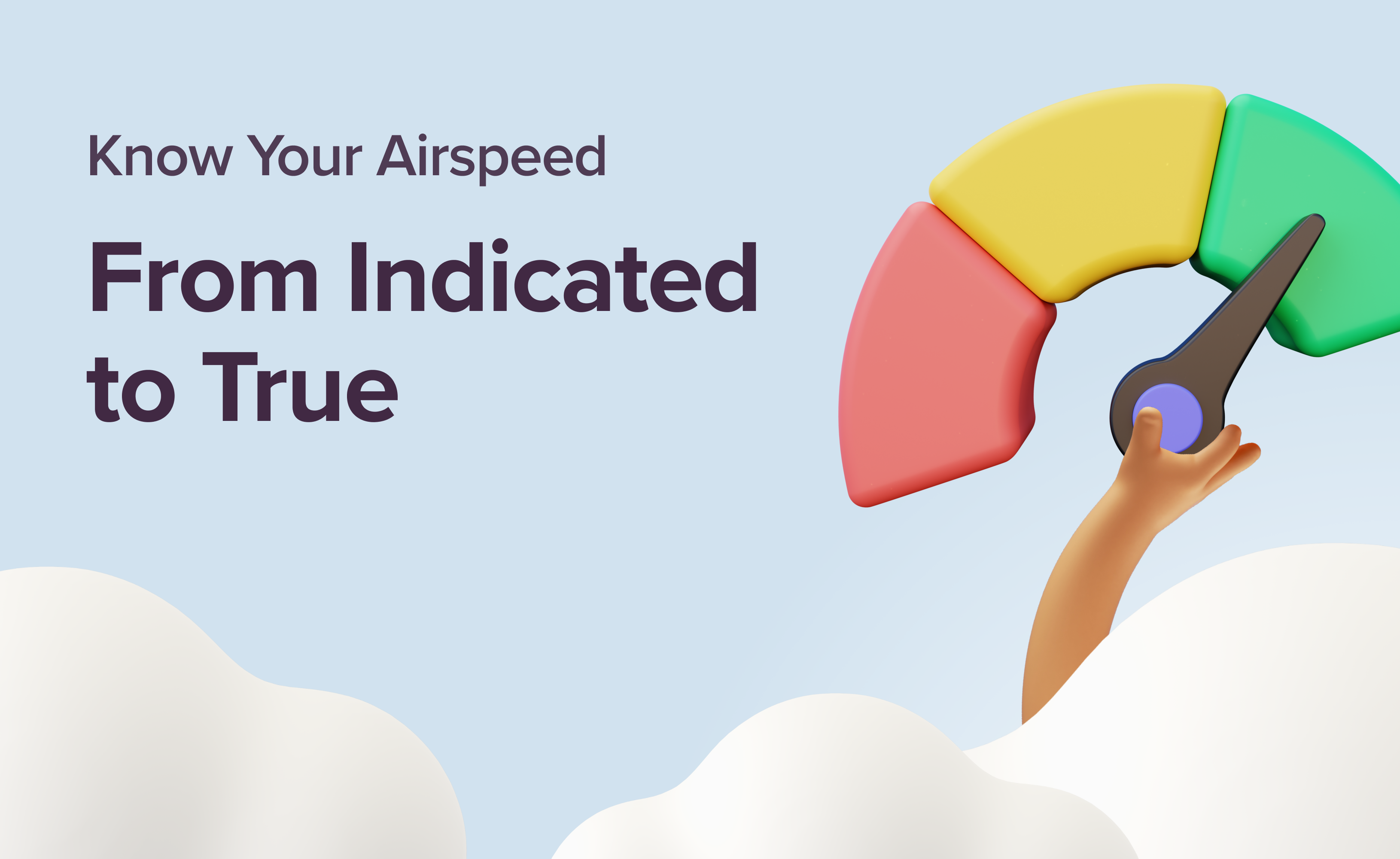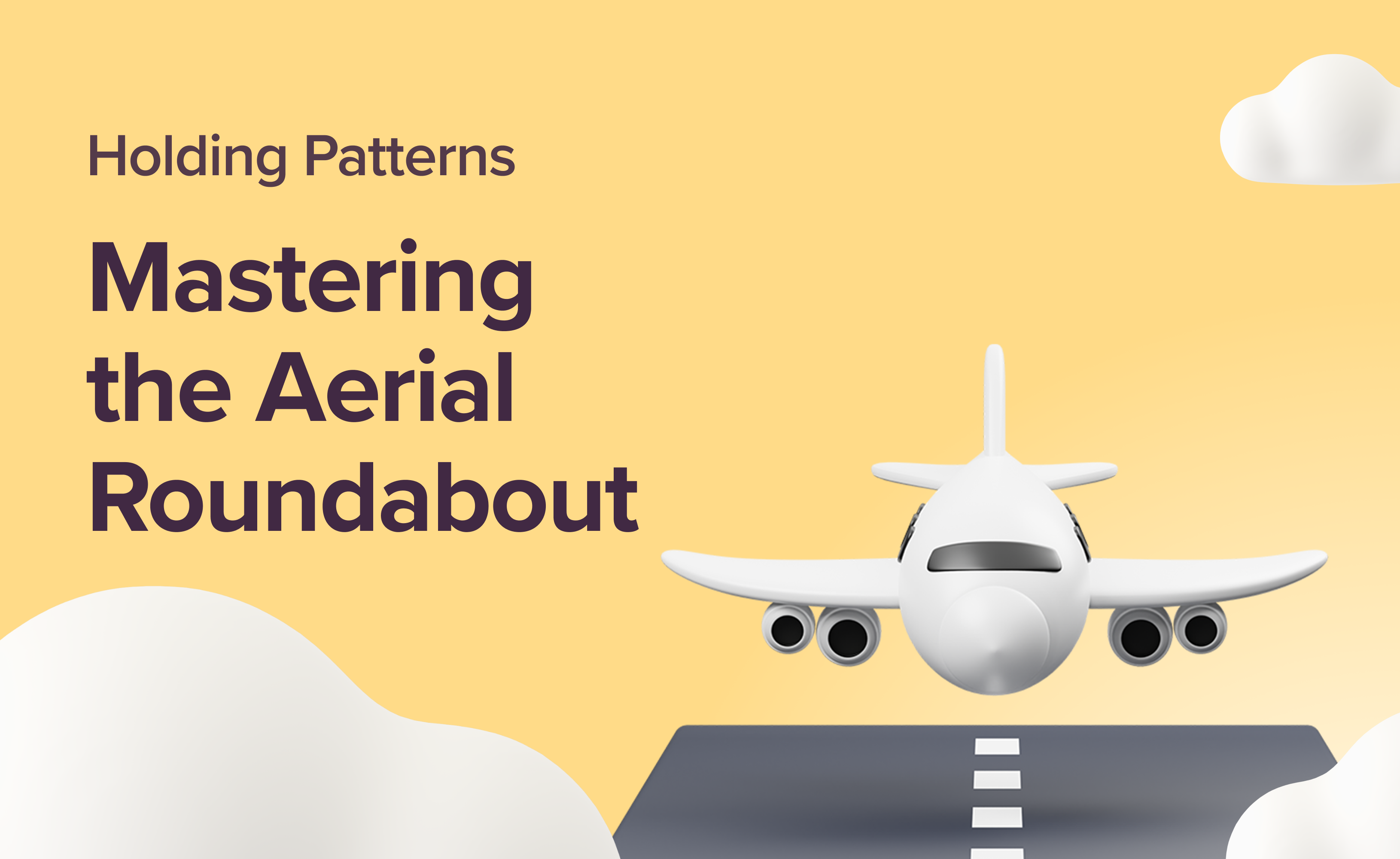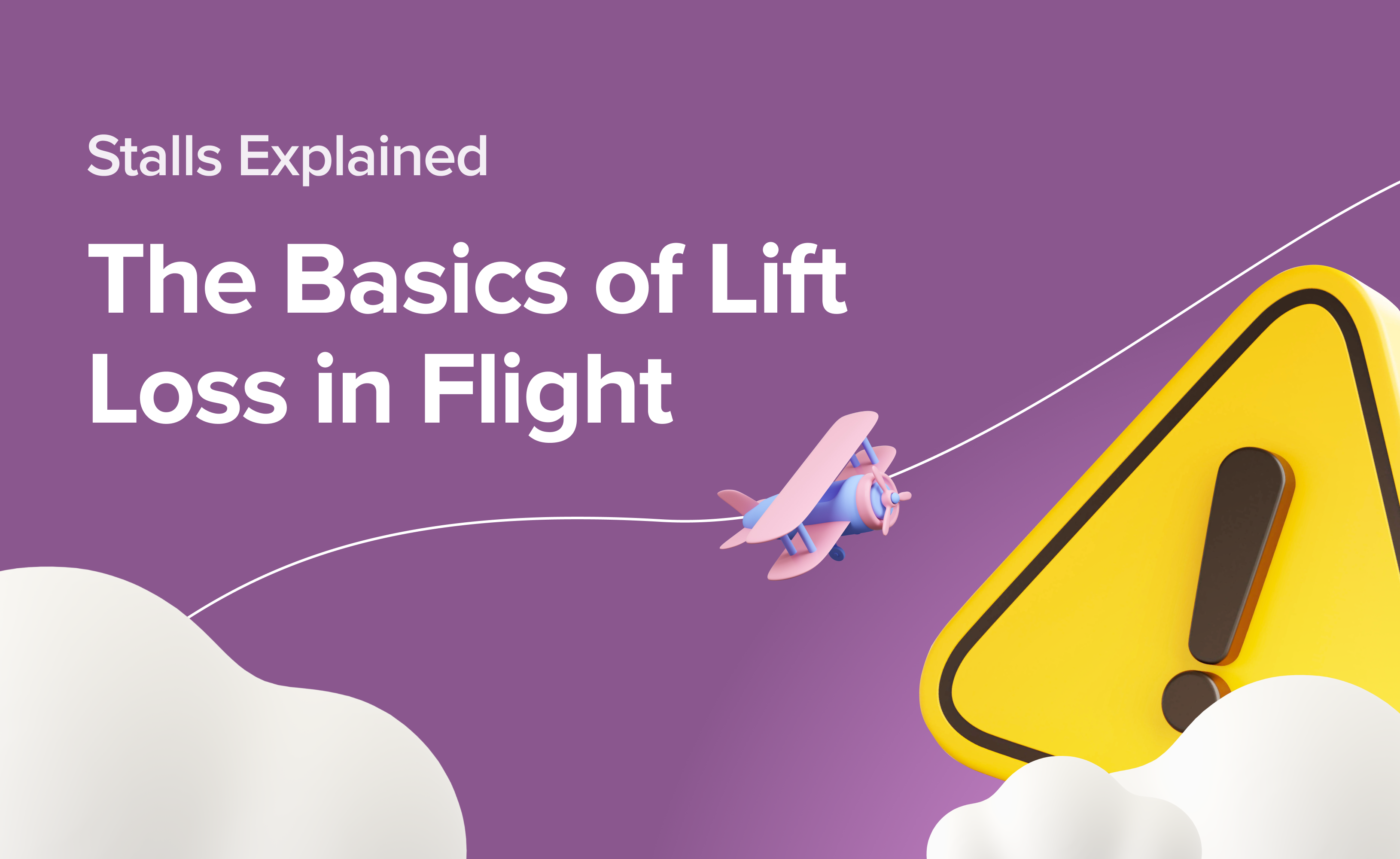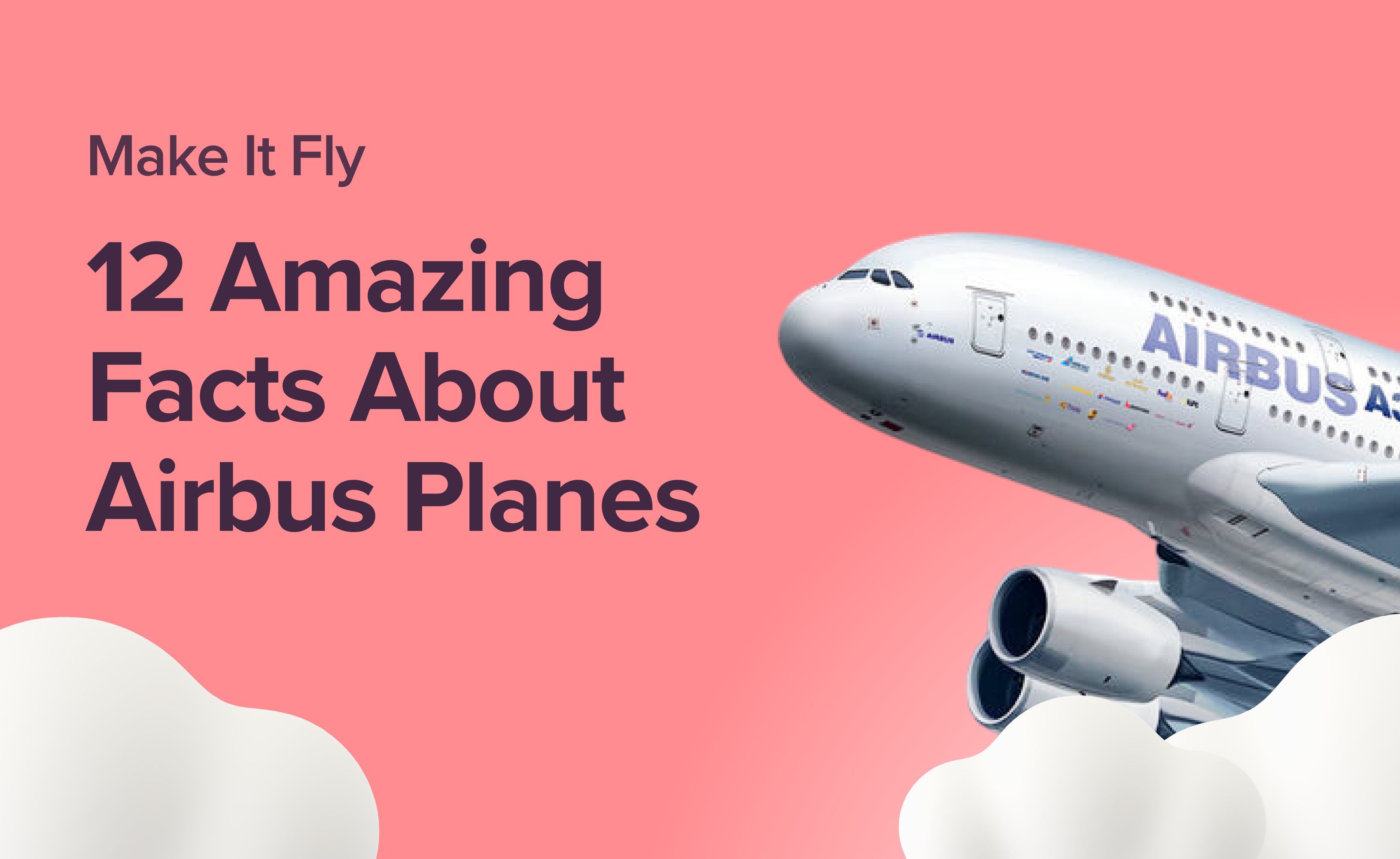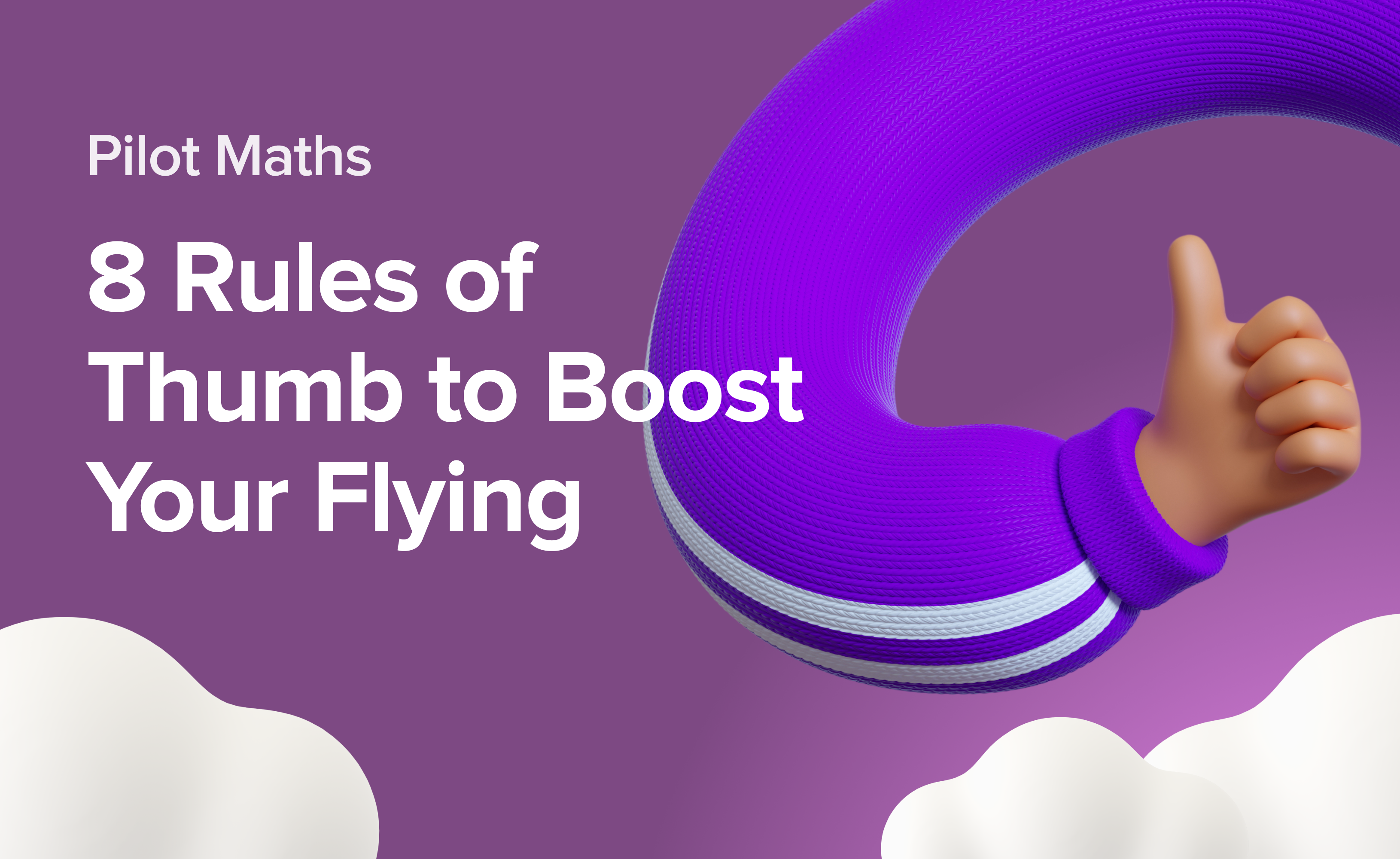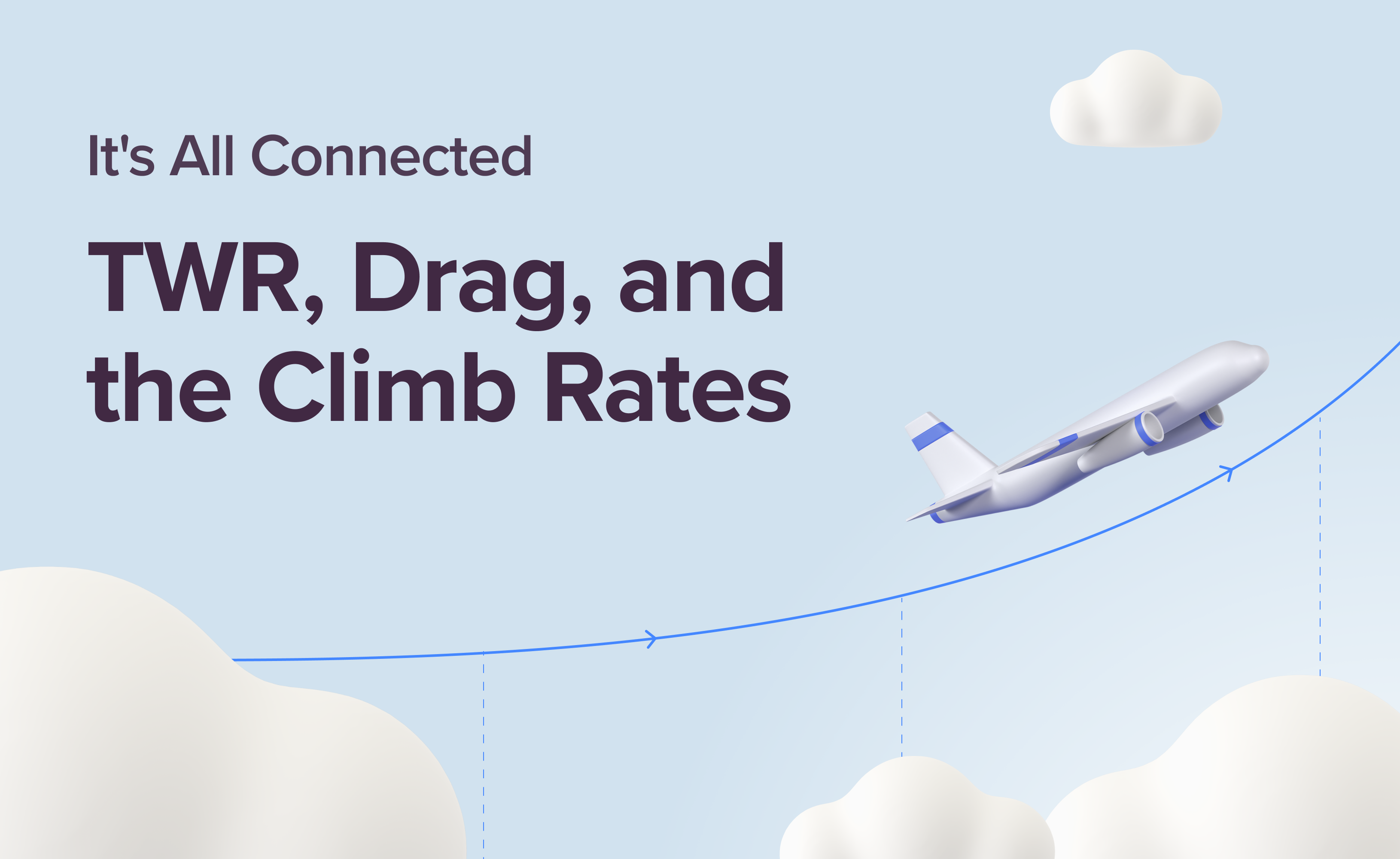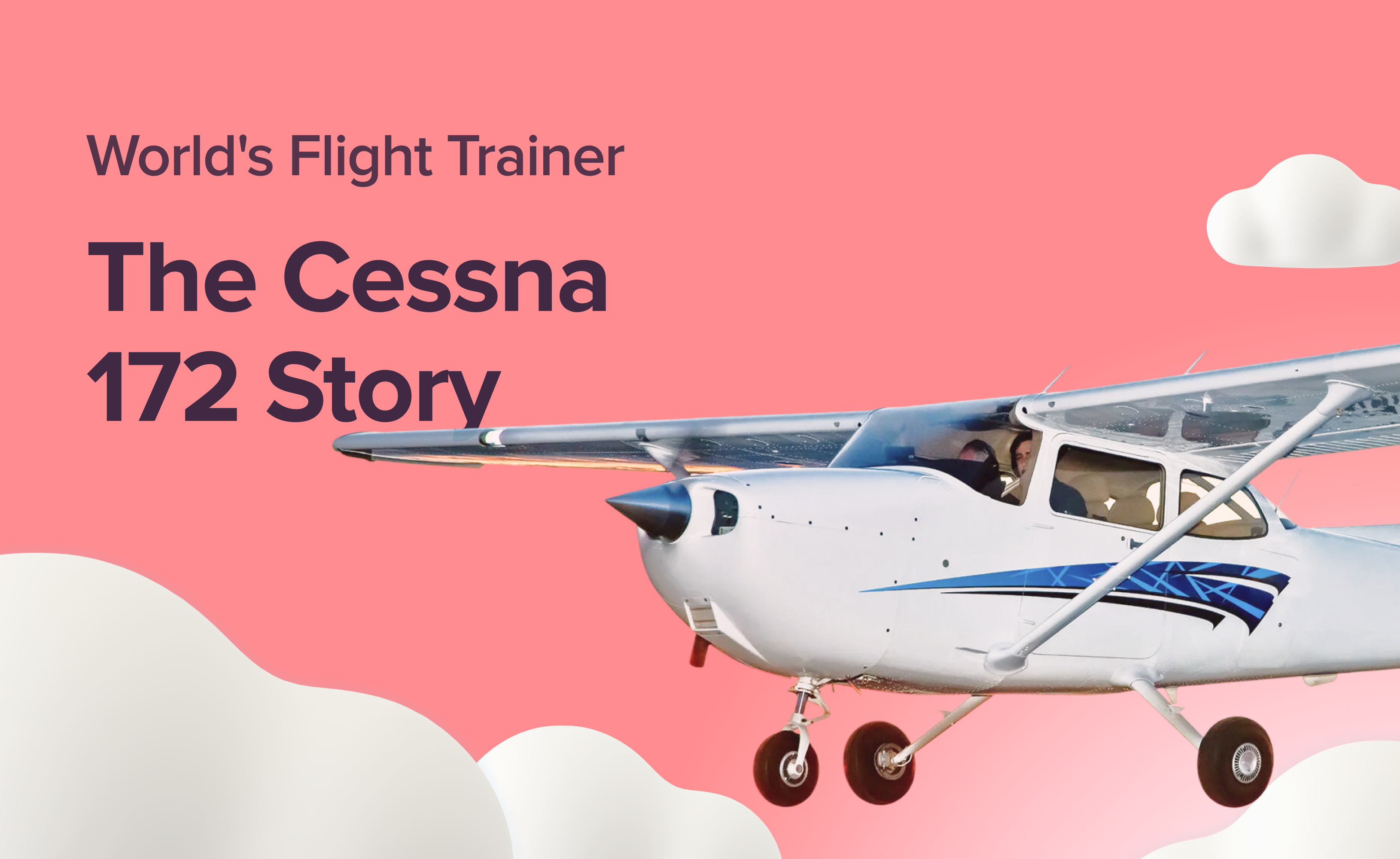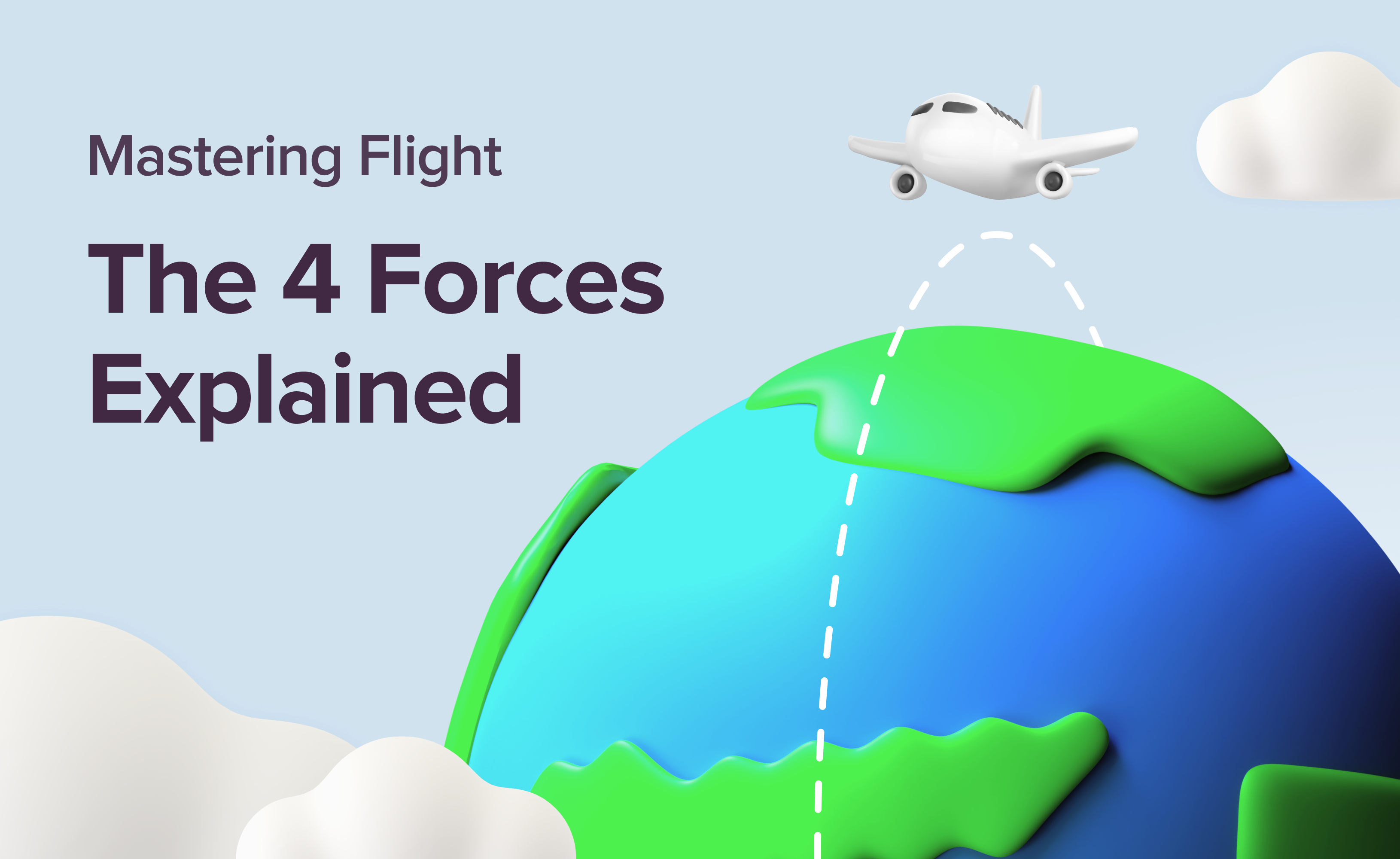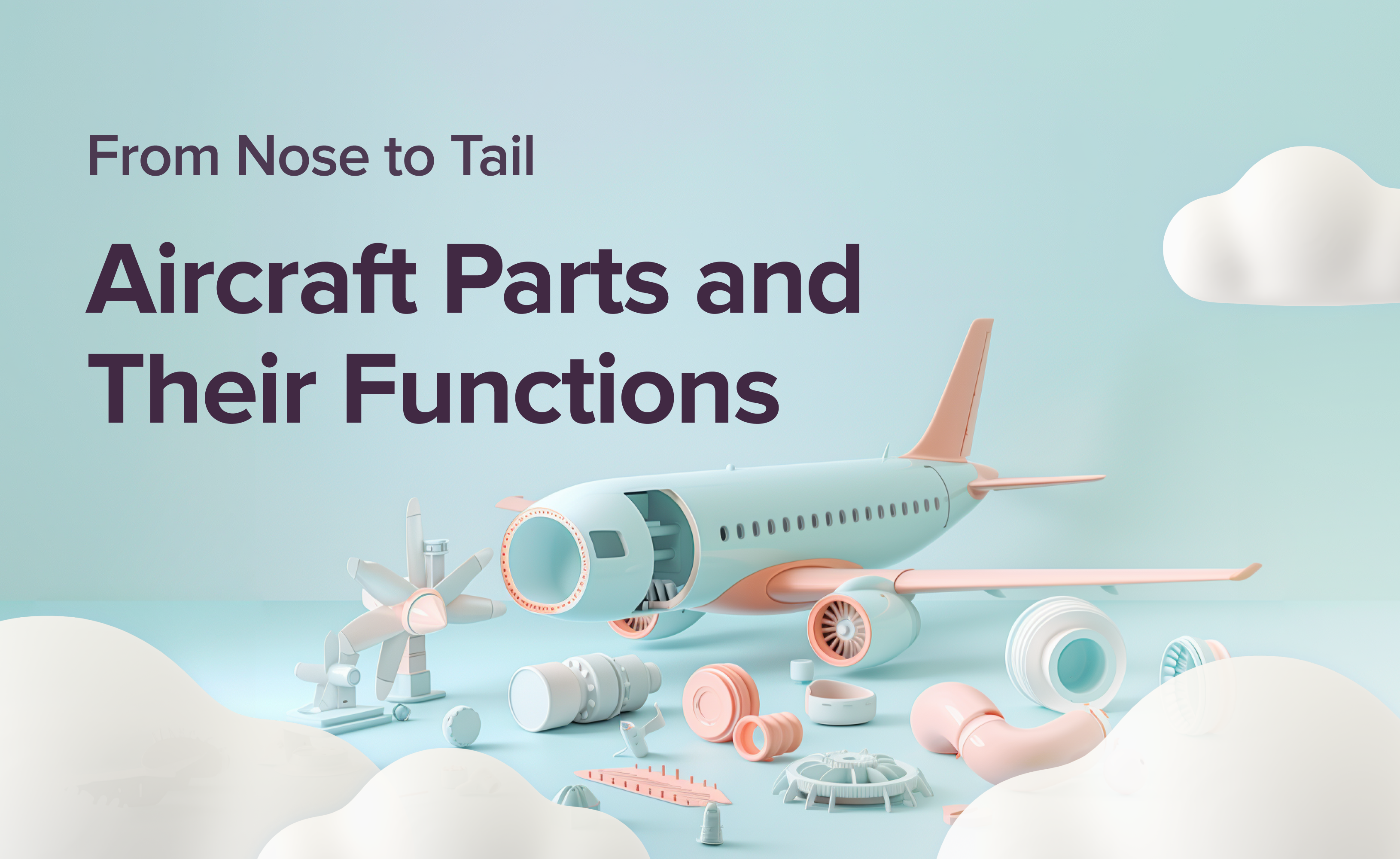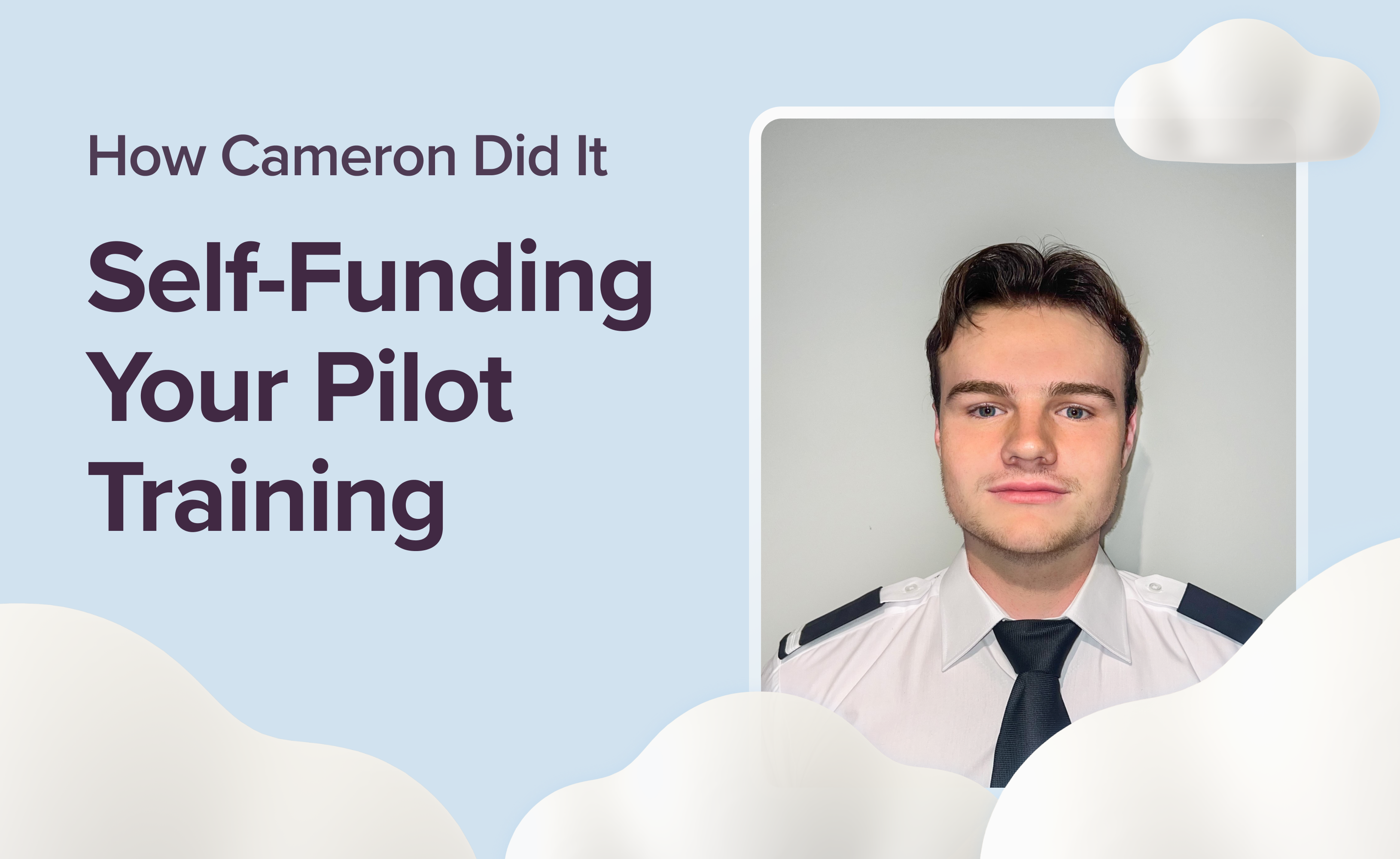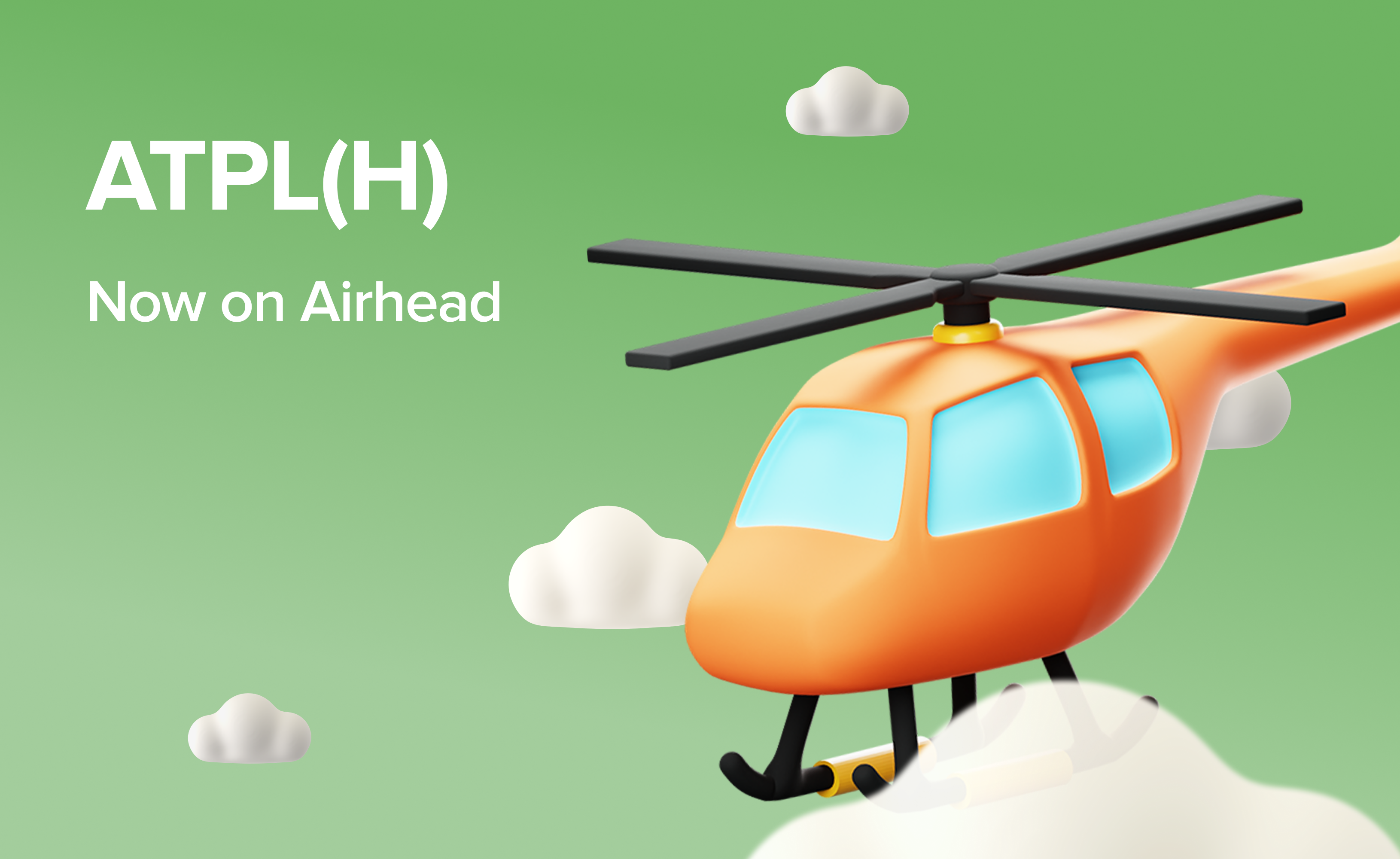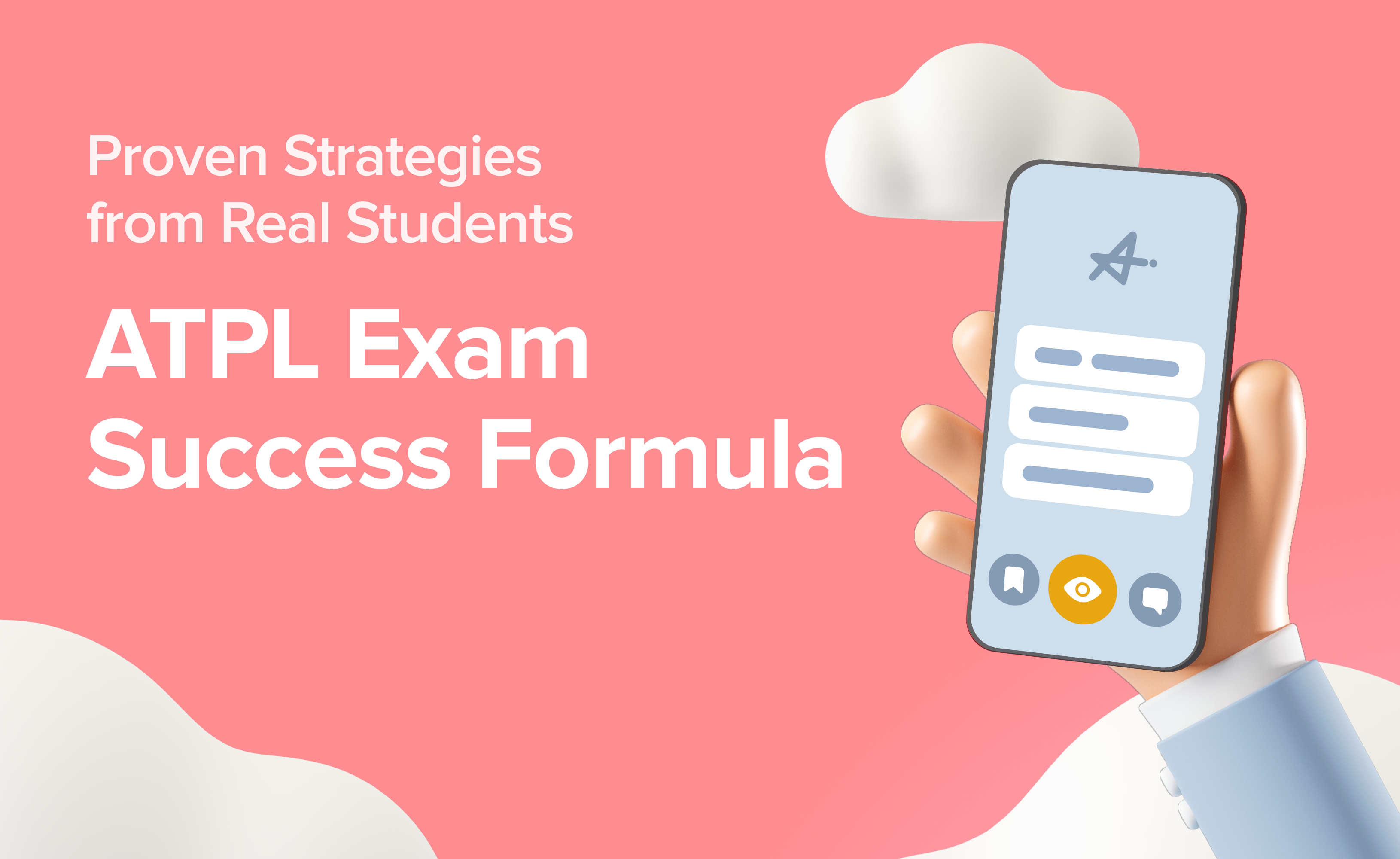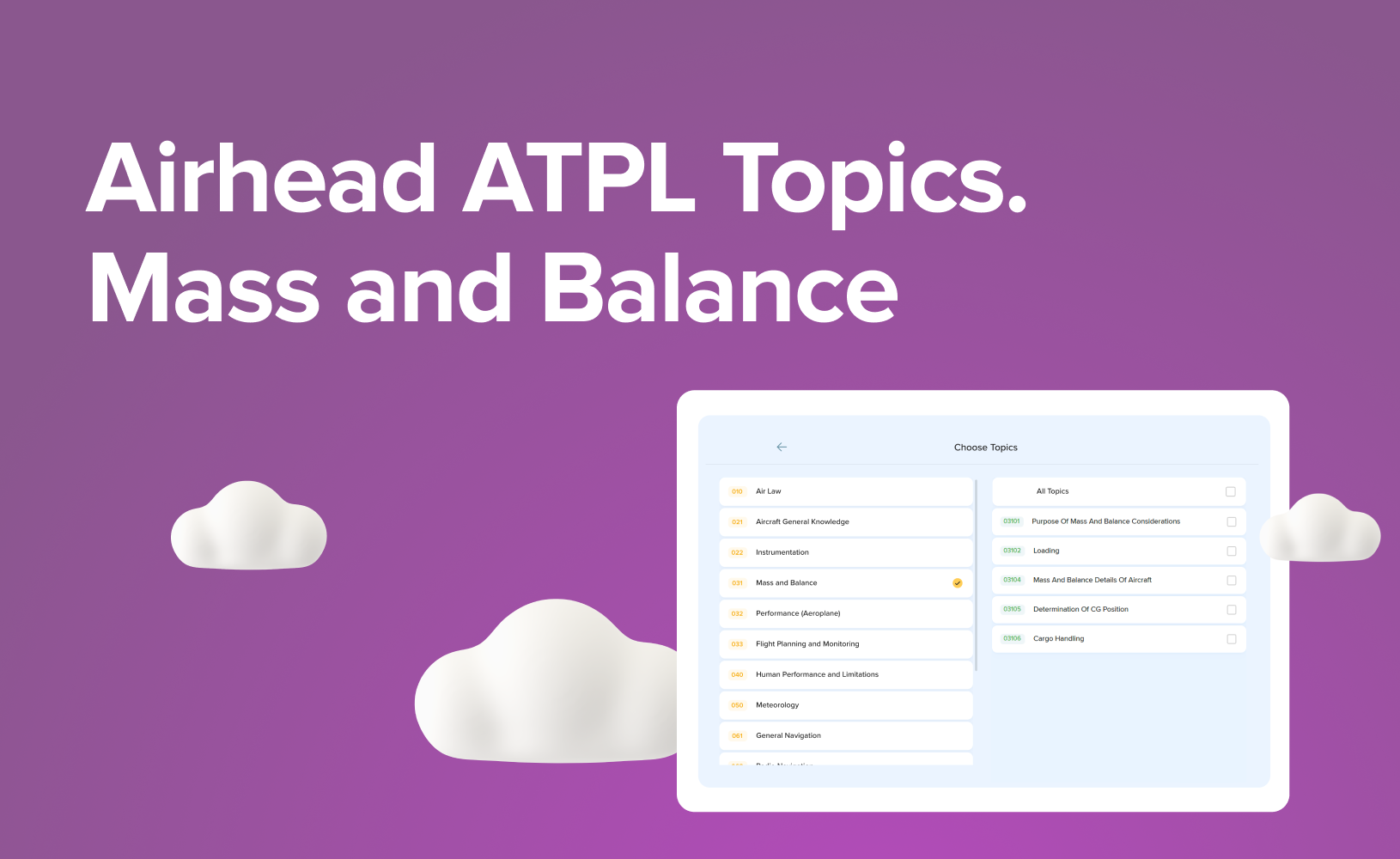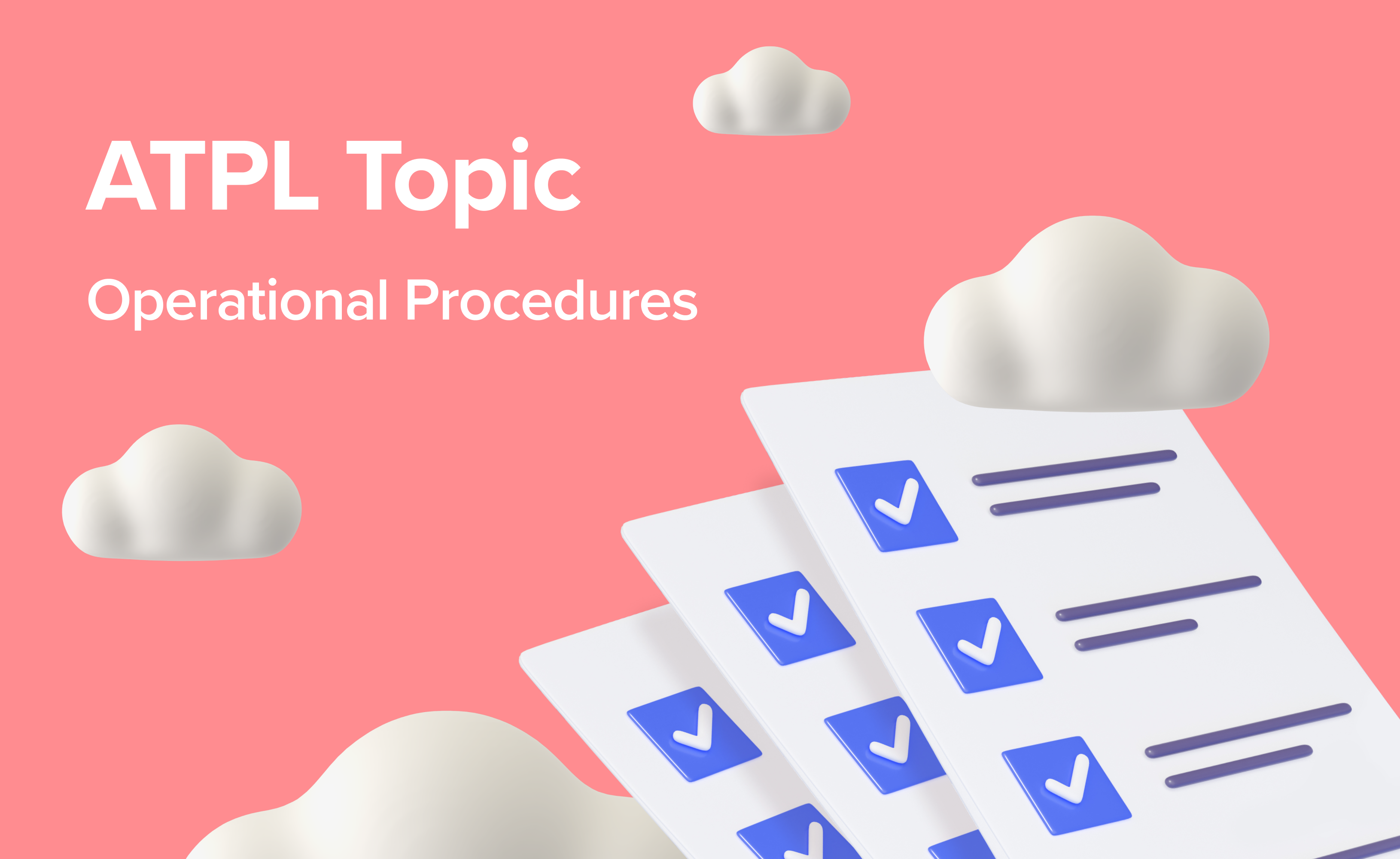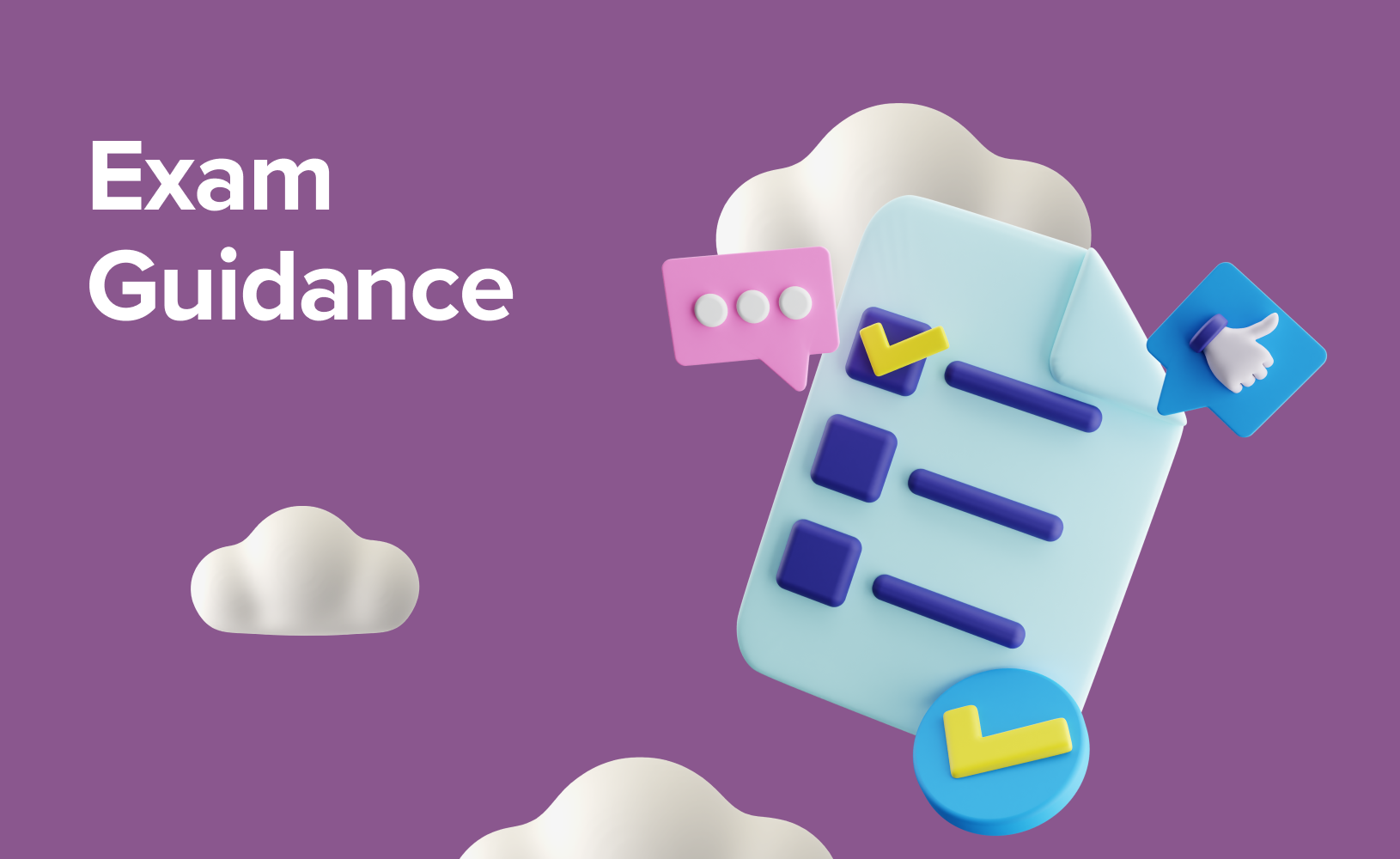From Zero to Hero: The Path from PPL to ATPL
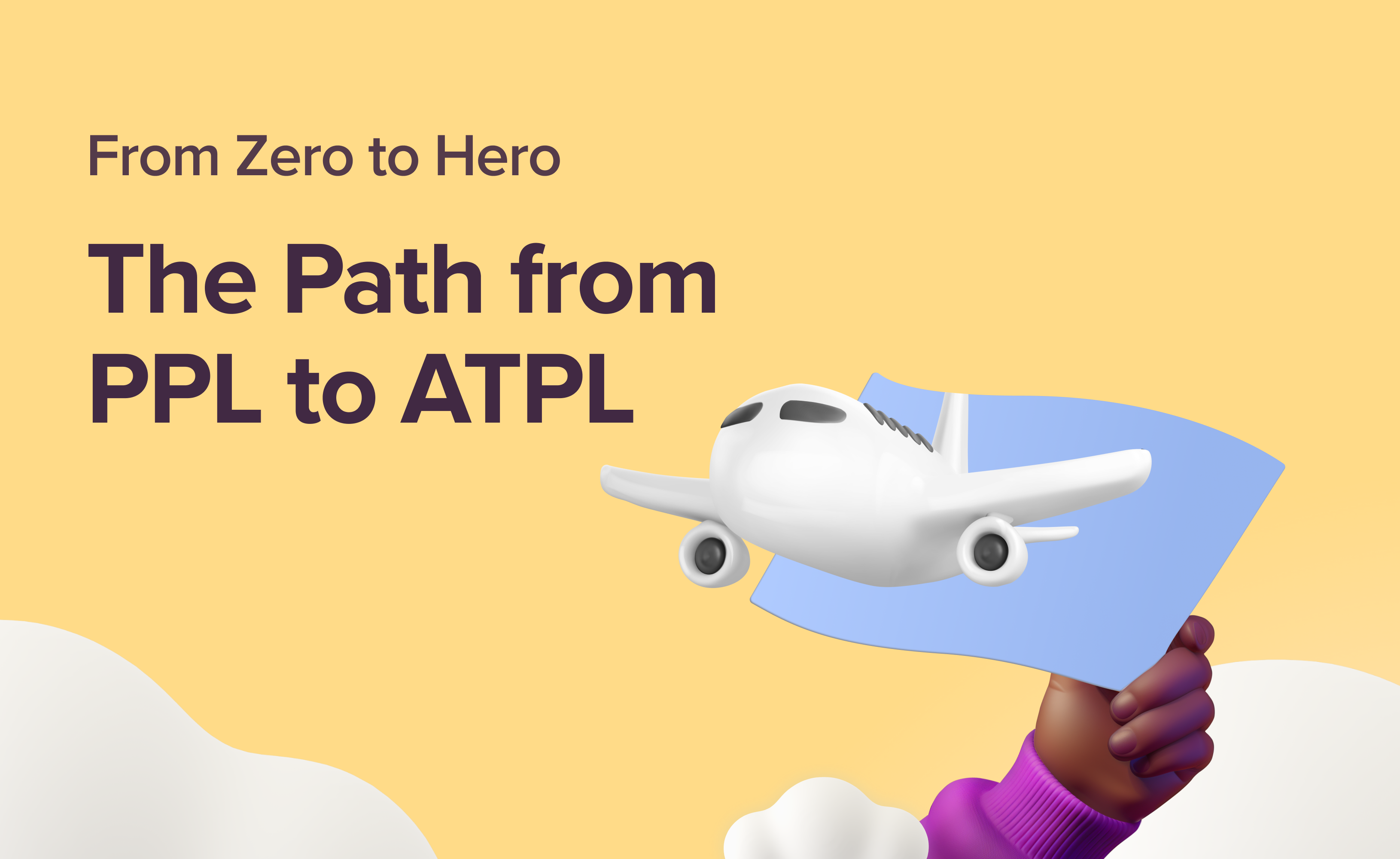
Dream of piloting a giant airliner? Awesome! The world of aviation offers various paths to that coveted pilot's seat, but the most well-trodden is the modular route. This lets you start with the fundamentals, your Private Pilot Licence – PPL, and gradually work your way towards the ultimate goal – the Airline Transport Pilot Licence (ATPL).
In this blog, we will explore the path of professional pilots from PPL to ATPL. We'll break down the exciting steps, any challenges you might encounter, and the requirements you'll need to meet. By the end, you'll be equipped to make an informed decision about launching your aviation career.
Are you thinking of commanding the cockpit? Our guide explores the path to becoming a pilot in the UK & Europe, from skills to qualifications.
Pilot Licences Explained
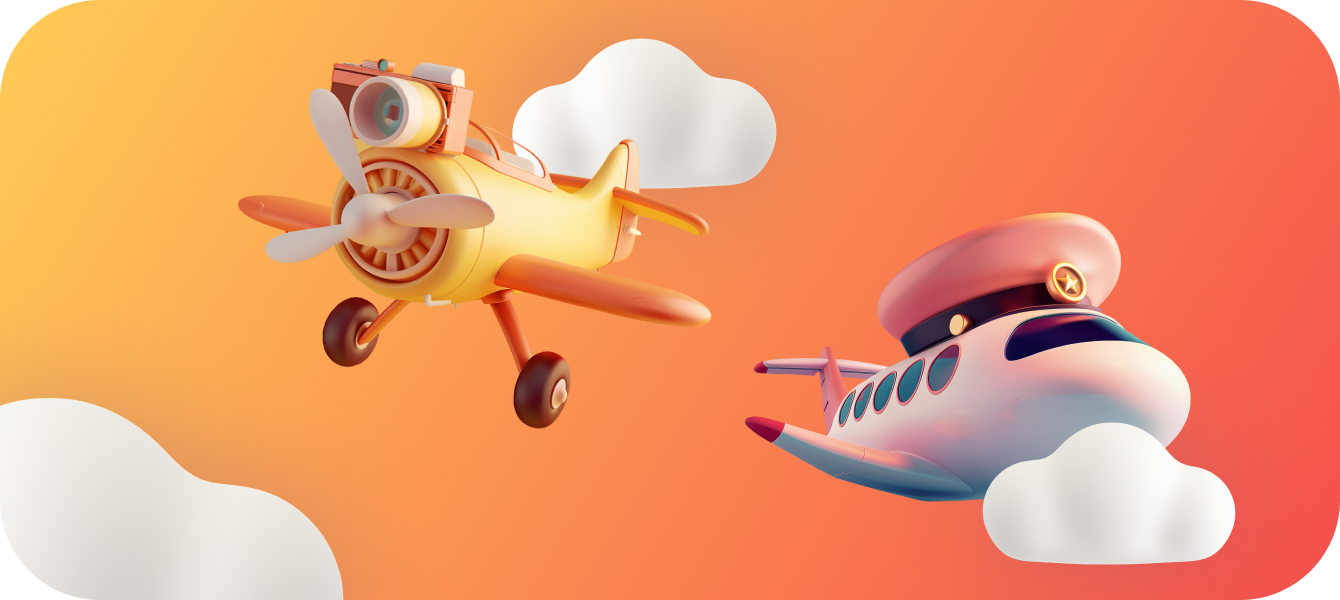
There are three main types of pilot licences in the UK and Europe, each offering different privileges and career opportunities. Let's just quickly run through them.
The Private Pilot Licence (PPL)
The PPL is the entry point for most aspiring pilots. It allows you to fly small, single-engine aircraft for non-commercial purposes. With a PPL, you can carry passengers and fly during the day under visual flight rules (VFR), and travel to various destinations for personal interests, as long as it's not for profit. You can also enhance your skills and experience by flying other small types of aircraft.
The Commercial Pilot Licence (CPL)
The CPL permits you to fly commercially. It builds upon the PPL by adding further training and experience. Holders can fly larger, more complex aircraft for commercial purposes, such as charter flights, aerial photography, or flight instruction. You'll need at least 200 hours of flight time under your belt to qualify for a CPL, with 100 hours spent as pilot-in-command.
The Airline Transport Pilot Licence (ATPL)
The ATPL is the highest level of aircraft pilot certification. It enables you to act as the pilot-in-command (PIC) of commercial air transport operations. In simpler terms, an ATPL is what you need to become a captain of a commercial airliner. It has the strictest requirements, including a minimum of 1,500 hours of flight time, specific instrument and multi-engine ratings, and additional training in areas like crew resource management and aviation regulations.
Choosing the Right Training Path

When it comes to pilot training, there are three main training routes, and the most common among them are integrated and modular. Integrated training is a full-time, fast-paced program that takes you to an Airline Transport Pilot Licence (ATPL) in a set timeframe. It's a great option for those who want to hit the ground running.
So, as we get into the path from PPL to ATPL, let's explore some advantages of modular training in more detail. This approach allows you to obtain your pilot licences and ratings one by one, at your own pace. Mastering each stage before moving on gives you a solid foundation for your piloting career. Modular training can be more affordable than integrated training, as you pay for each licence and rating separately. Your ground school ATPL theory can be completed with distance learning. Moreover, you are free to build your flight hours at a flight school around you. Flexibility — the course can be bespoke — designed around your individual need.
Wonder how modular training unfolds in real life? Meet Emily and Cameron, who achieved their pilot dreams, by taking the modular route!
Your PPL to ATPL Flight Plan

The main stages on a typical pilot career path from a Private Pilot Licence to an Airline Transport Pilot Licence involve gaining experience and qualifications through various licences and ratings. Here's a breakdown of the common stages.
Remember: This is a general roadmap, and the specific path may vary depending on individual circumstances, regulations in your country, and the chosen training program.
Step 1: Obtaining Your PPL
This is the starting point. To get your PPL, you will need a minimum of 45 hours, including at least 10 hours of solo flight and 5 hours of solo cross-country flight. Ground school training covers theoretical knowledge, such as subjects like air law, navigation, human performance and more. Certified instructors guide you through practical manoeuvres, take-offs, landings, and emergency procedures. After demonstrating competence, you'll fly solo, building confidence and experience. The final skill test entails a practical flight check with an examiner to assess your flying skills.
Duration: Expect to spend 6–12 months on your PPL course of study.
Hours: Minimum of 45 hours.
Cost: The typical cost can range from £8,000 to £12,000.
Step 2: Building Experience and Ratings
After obtaining your PPL, the next step is to gain more flying experience and additional ratings that will pave the way to a professional career. These ratings entitle you to fly in instrument meteorological conditions (IMC), where visibility is limited due to clouds, fog, or other factors. It requires additional course training on using aircraft instruments for navigation and flying without relying solely on visual cues.
Night Rating
A night rating allows you to fly at night. This involves additional training, usually around 5 hours of night flying, including navigation, take-offs, and landings.
Duration: A few weeks.
Hours: Around 5 hours of night flight.
Cost: £800 — £1,500.
Instrument Rating (IR)
An Instrument Rating (IR) permits you to fly in various weather conditions, and solely by reference to instruments. This is crucial for commercial flying. Training requirements for IR include a minimum of 50 hours of cross-country flight as pilot-in-command and 40 hours of instrument flight training.
Duration: 3–6 months.
Hours: 40 hours of instrument flight training.
Cost: £15,000 — £20,000.
Step 3: Commercial Pilot Licence (CPL)

The CPL is a significant step towards becoming a professional pilot. A commercial pilot licence allows you to be paid for your skills, experience, and service. It requires additional training, passing written CPL exams and a practical flight test. Some airlines may accept pilots with a CPL and a significant number of flight hours.
Here's what aspiring pilots can expect. Logging a minimum of 150 hours is essential. Crucially, 100 hours must be spent as pilot-in-command, fostering the confidence and experience needed to handle the responsibilities of commercial flights.
As a student, you will master advanced theoretical knowledge, in subjects like air law, flight planning, and meteorology. To demonstrate their understanding of the principles of commercial aviation, students will take and pass comprehensive CPL theory exams. The final step involves showcasing their flying proficiency through a rigorous practical test.
The CPL opens doors to opportunities, from aerial tours and flight instruction, to even becoming a copilot for smaller airlines.
Duration: 6–12 months.
Hours: Minimum of 150 flight hours.
Cost: £25,000 — £30,000.
Step 4: The Multi-Engine Rating
This qualification focuses on handling multi-engine aircraft, including crucial manoeuvres like managing engine failures. It allows you to fly multi-engine aeroplanes, which offer greater passenger capacity and power for commercial operations.
The ME rating typically involves around 6 hours of specialized flight training and culminates in a practical flight test. While not mandatory for an ATPL, it's highly recommended for aspiring airline pilots.
Duration: A few weeks.
Hours: Around 6 hours of flight training.
Cost: £2,000 — £4,000.
Additional Considerations. The order of obtaining some ratings (IR, ME) may be flexible depending on the specific training program chosen. Some airlines may have specific requirements for additional type ratings on the aircraft models they operate.
Learn more about structuring a modular flight training course here.
Step 5: Flight Hour Building

This stage focuses on accumulating flight hours to meet the minimum requirements for the ATPL. Many pilots gain experience by becoming Flight Instructor (CFI) or flying commercially for smaller companies. The minimum hour requirement for the ATPL can vary depending on the country and specific program but typically falls between 1500–2000 hours.
Step 6: Mastering the ATPL
For aspiring airline pilots following the modular path, the sky-high reward – the Airline Transport Pilot Licence (ATPL). This credential unlocks the world of piloting large commercial aeroplanes and transporting passengers across continents and oceans on long-haul flights.
The ATPL isn't just another licence. It's a rigorous test of your physical and mental fitness for the demanding world of commercial aviation. A Class 1 medical certificate ensures you meet the strictest health standards for pilots.
Before tackling the ATPL, you'll need a solid foundation in commercial flying. Holders of a valid CPL with an Instrument Rating (IR) demonstrate their proficiency in both basic and advanced flying skills. Additionally, a minimum of 1,500 total flight hours is required, with a significant portion (500 hours) spent honing your skills as part of a multi-crew operation. This experience ensures you can seamlessly integrate into a professional flight crew environment.
A future airline pilot also needs to pass 13 written ATPL theory exams. The ATPL skills test, conducted by a certified examiner, assesses your ability to manage complex flight operations with confidence and precision. Think emergency procedures, multi-engine handling, and decision-making under pressure – all under the watchful eye of an expert.
Duration: Varies based on flight hours accumulation.
Hours: Minimum of 1,500 flight hours.
Cost: £5,000 — £10,000 (theoretical exams and skills test).
Wondering how to choose the right ATPL group school? We break down 5 key factors to consider.
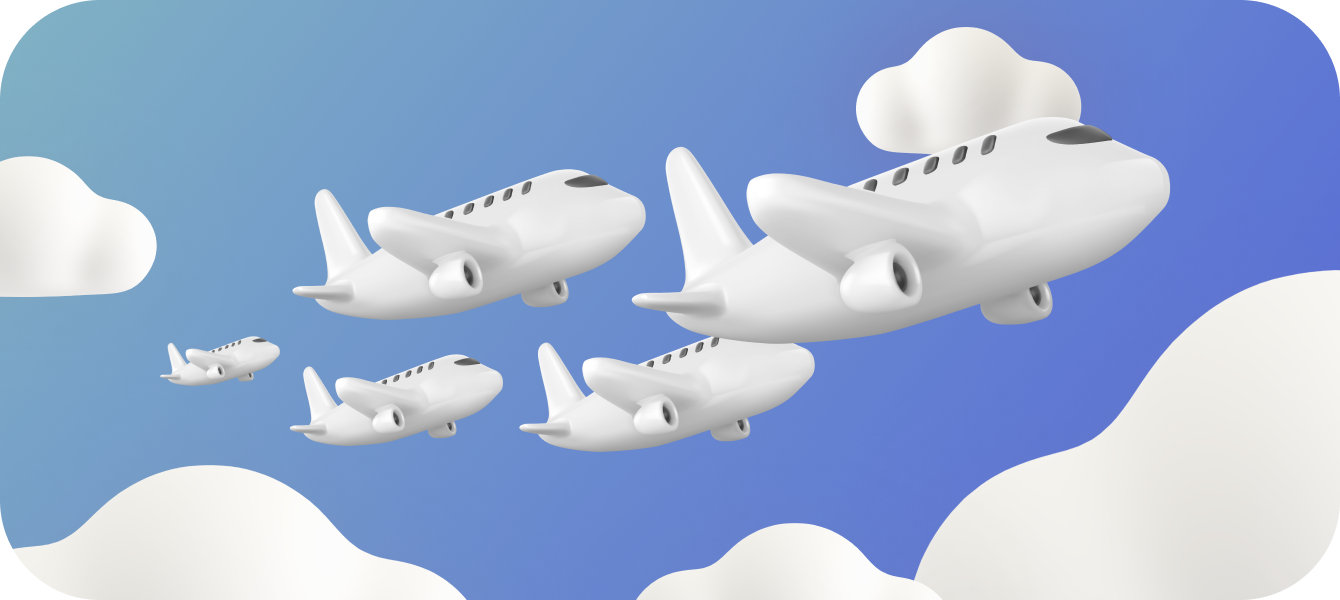
Final Point
The path from PPL to ATPL is a challenging yet incredibly rewarding journey. With dedication, passion, and the right training, you can achieve your dream of becoming a professional pilot. Remember, every pilot's journey is unique, and while the path may be demanding, the skies are the limit for those who dare to dream. So, take the first step today, and who knows? You might be the captain of a commercial airliner tomorrow, soaring through the skies and living your dream. Safe flying!



